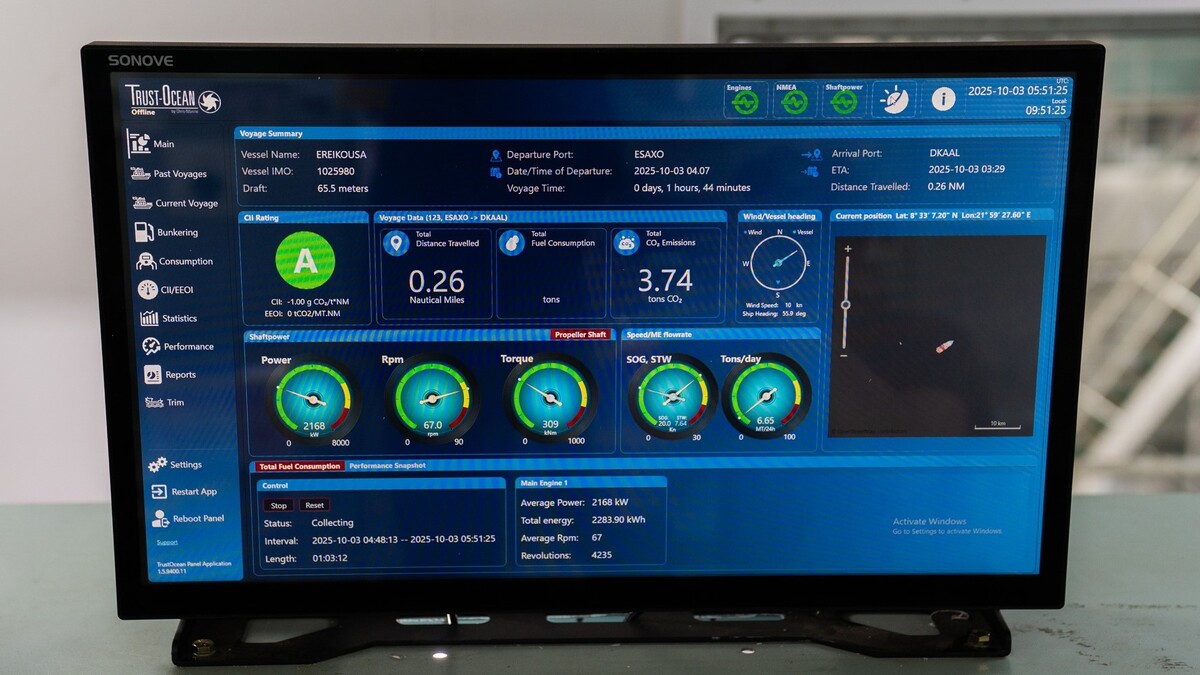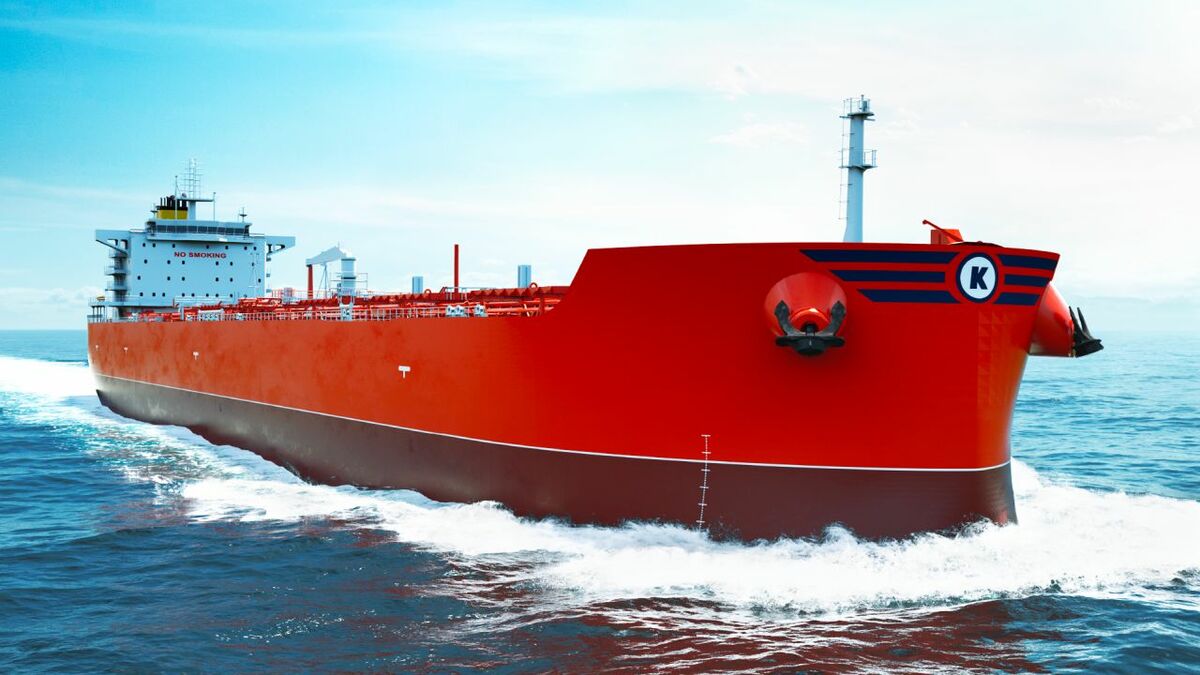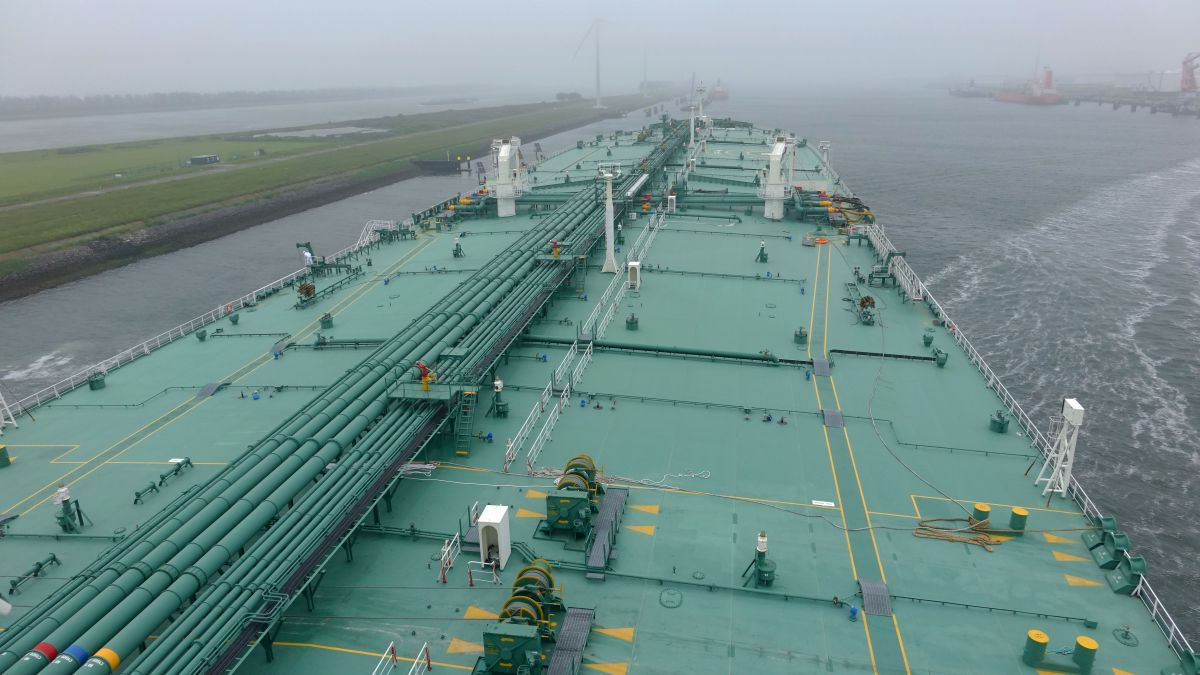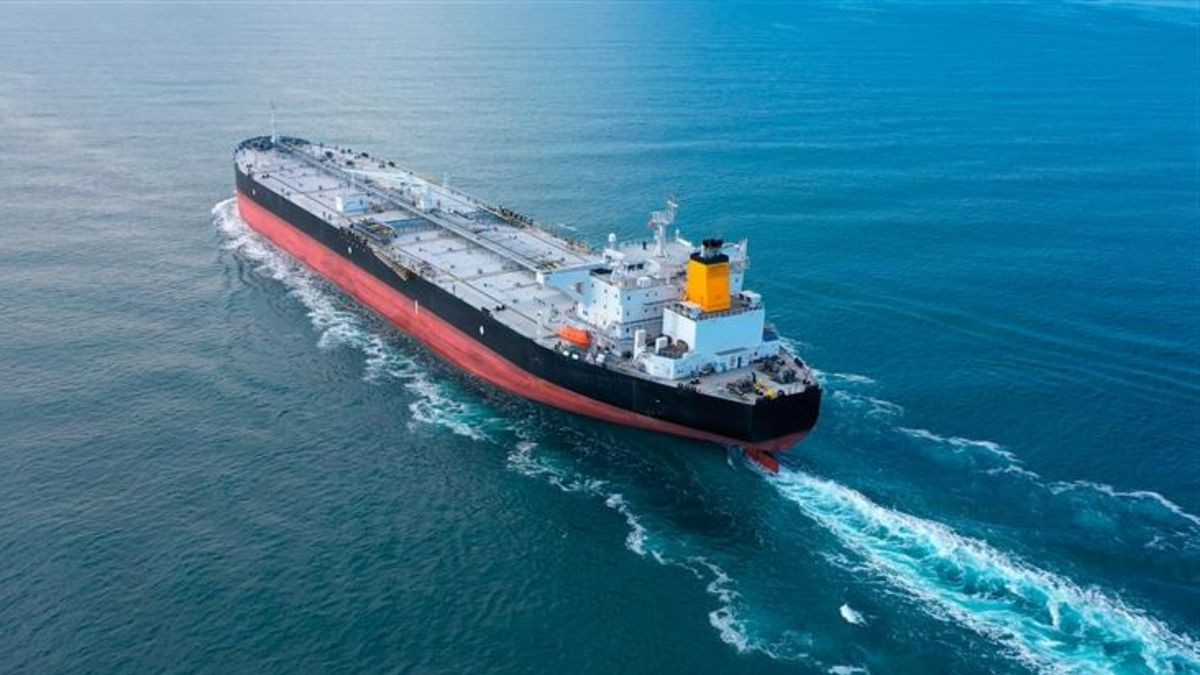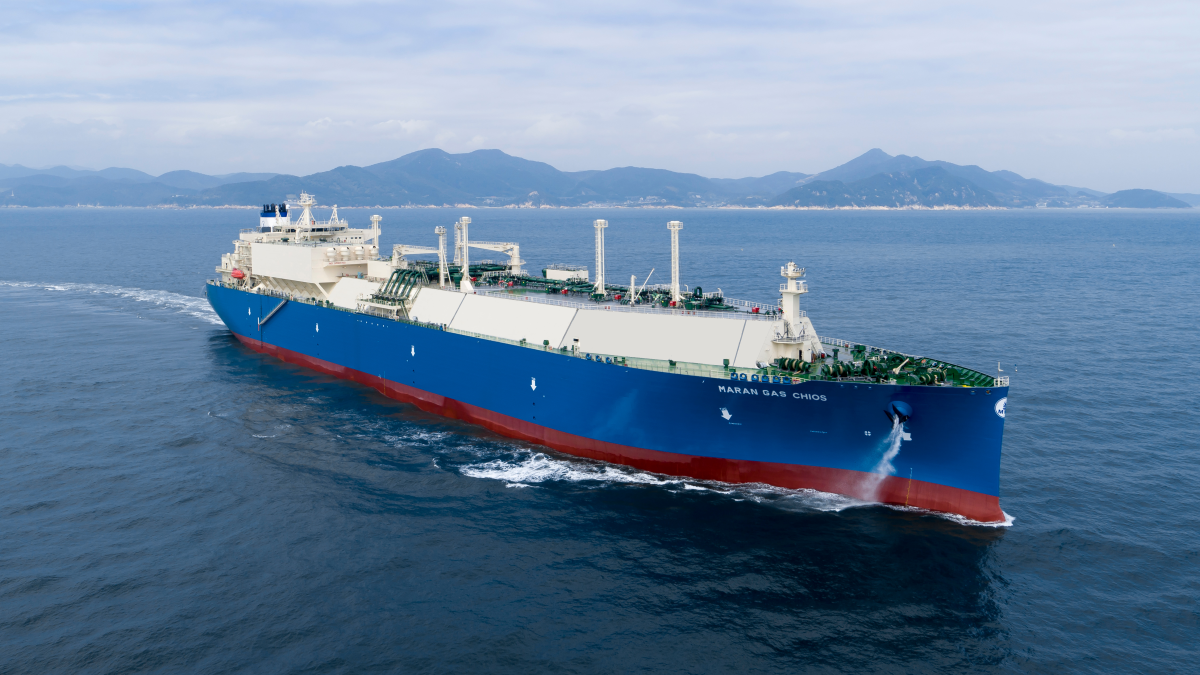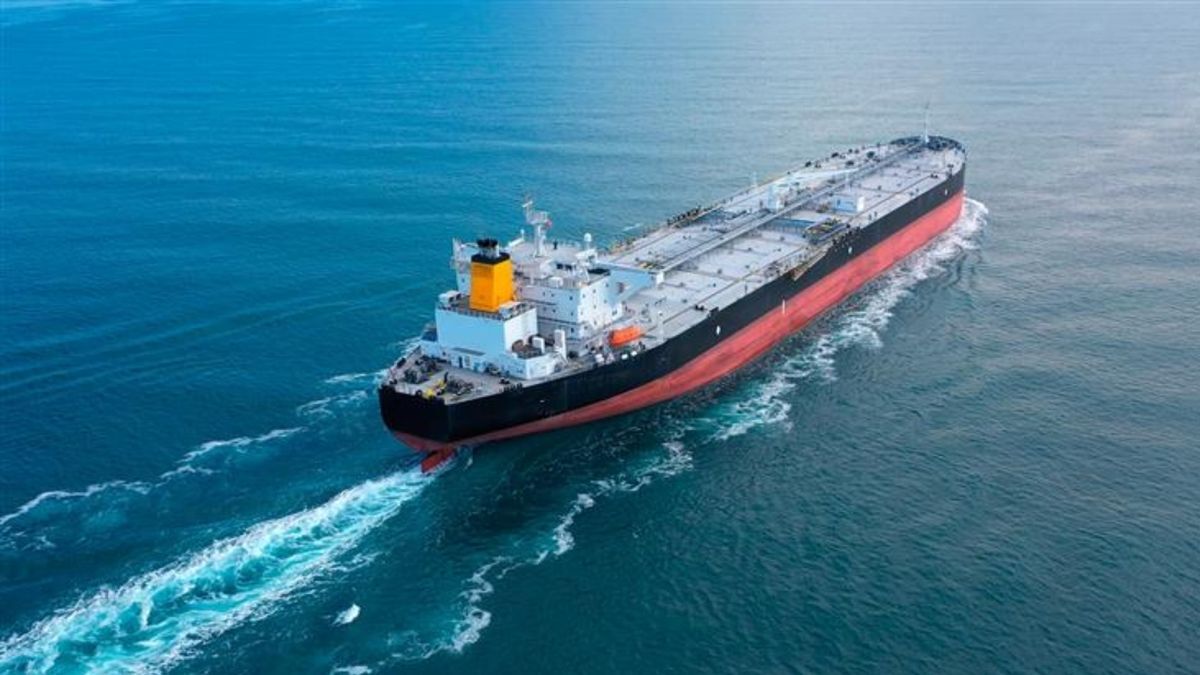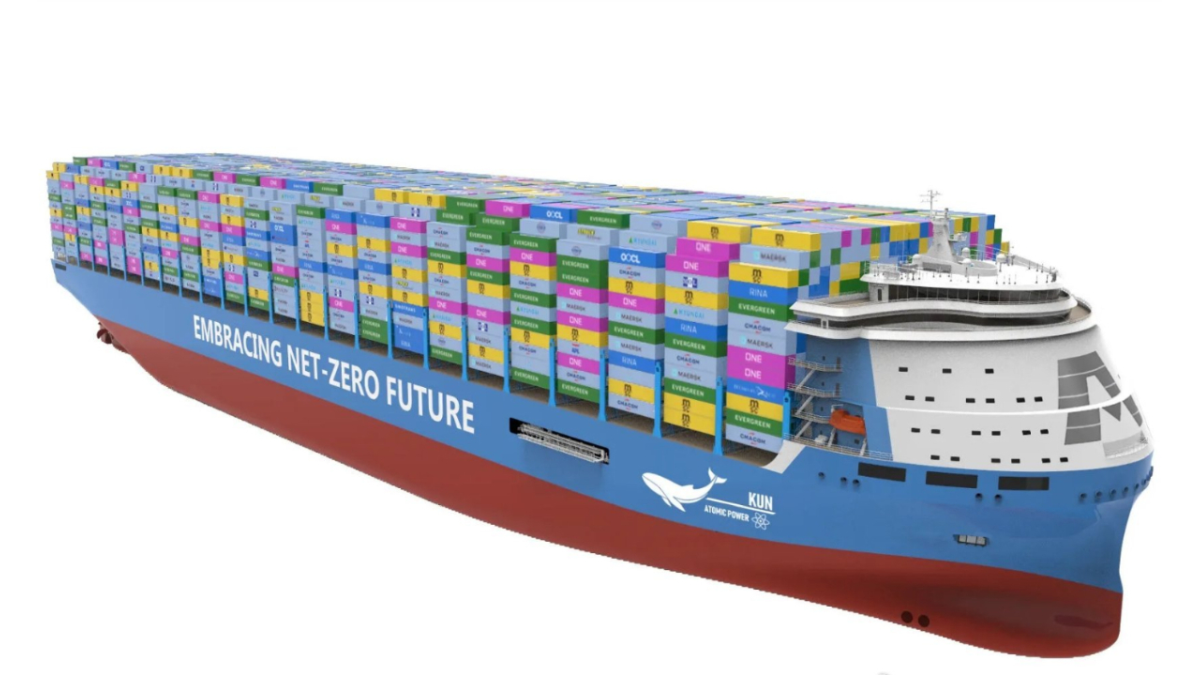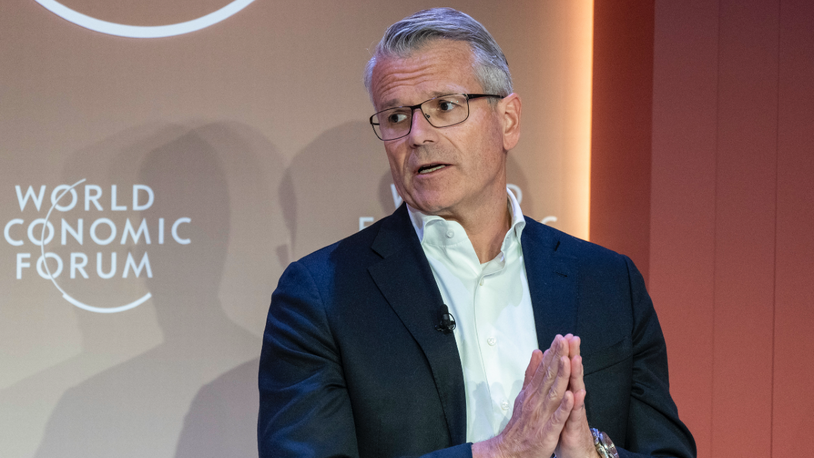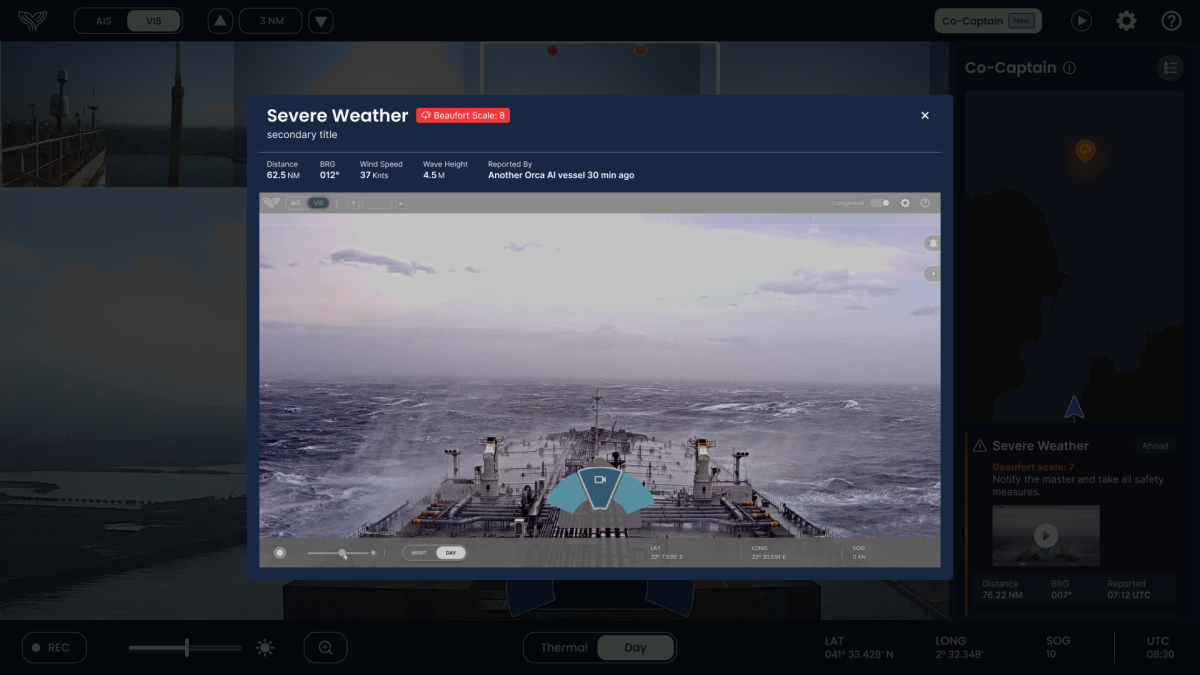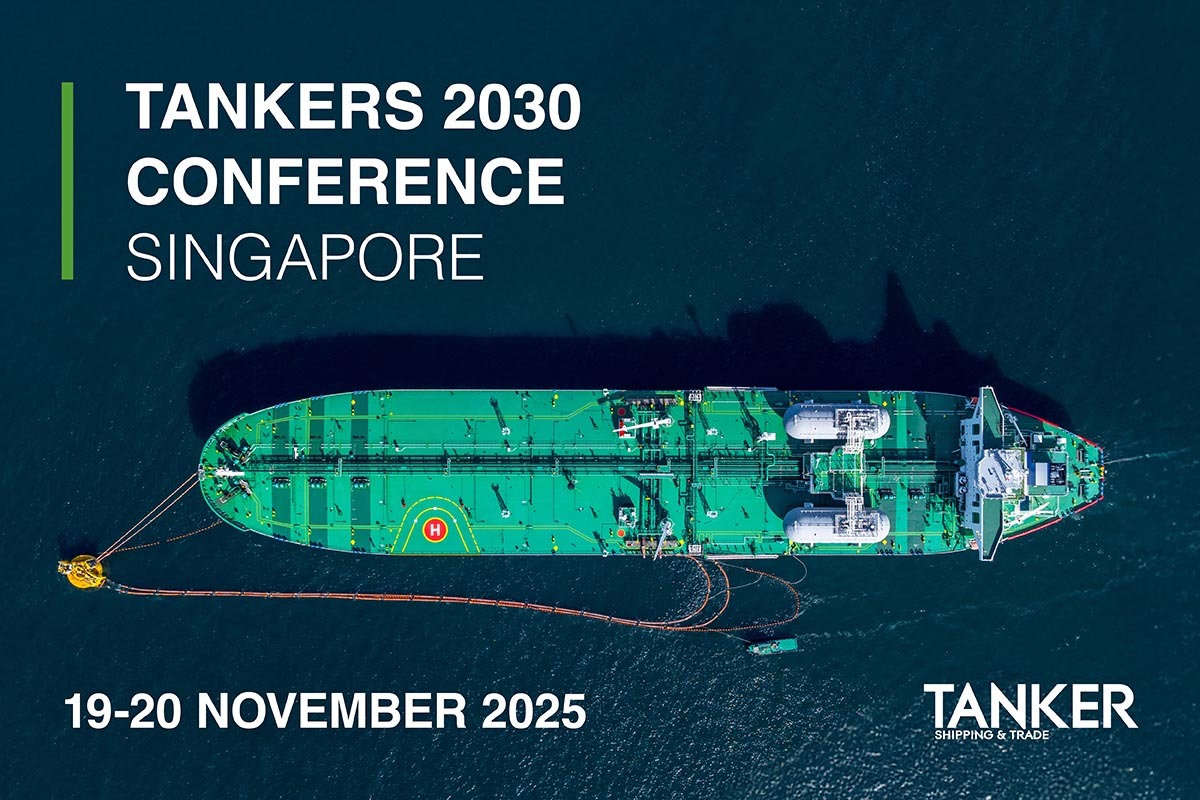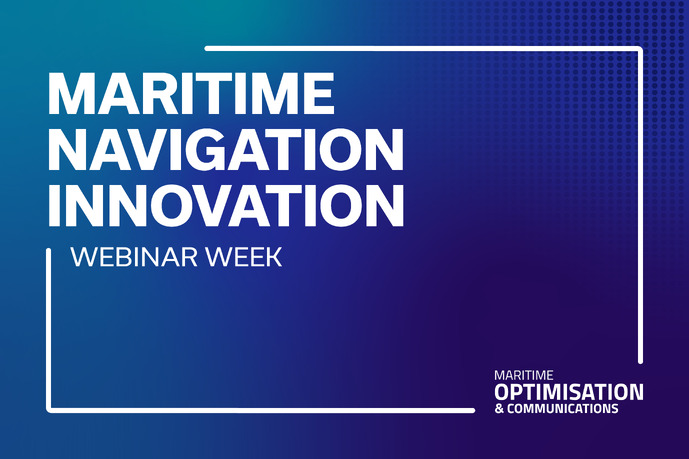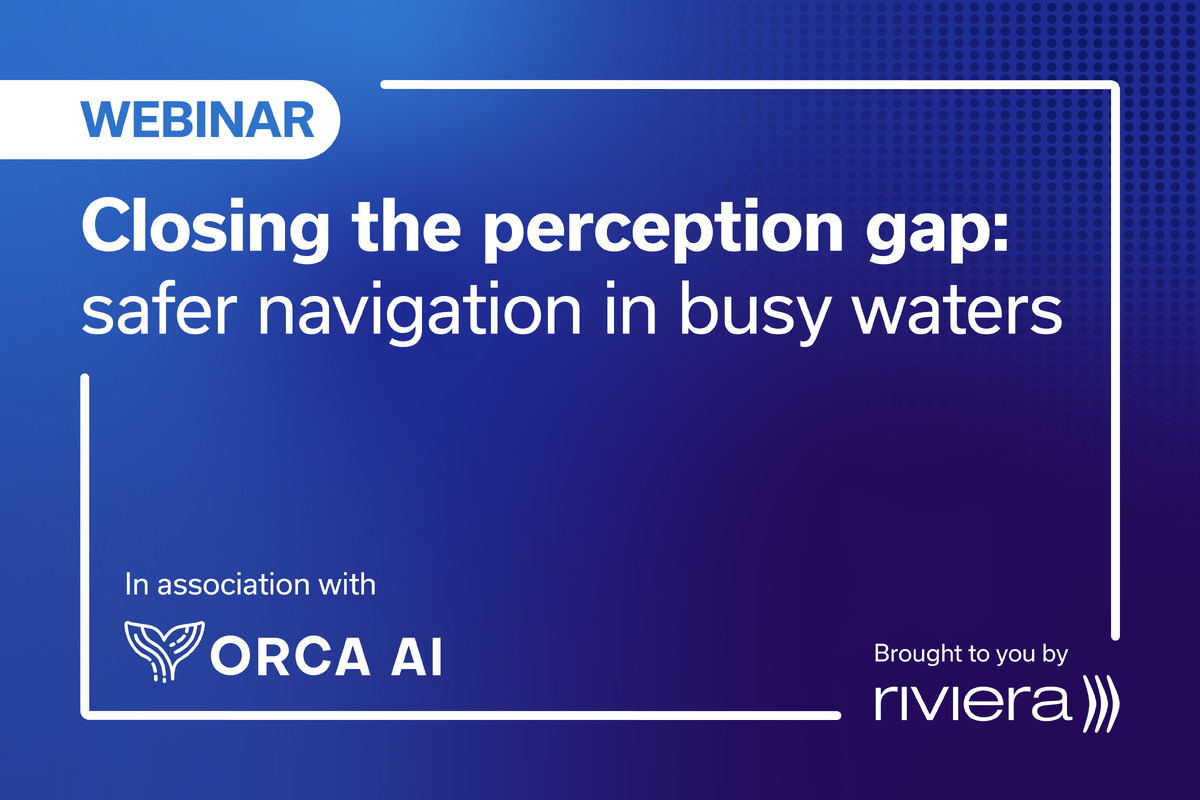Business Sectors
Contents
Torvald Klaveness adopts digitalisation technology
Investing in IoT, digitalisation and crew training optimises maintenance and processes, says Klaveness board member Punit Oza
Torvald Klaveness has built up its own digital IT team to implement applications and technology to improve operations, such as condition-based maintenance (CBM), decision support tools, internet of things (IoT) technology and artificial intelligence (AI), says Torvald Klaveness Asia non-executive board member Punit Oza.
He tells Riviera Maritime Media these transformational technologies can be divided into two categories. “First dealing with the ship, onboard systems and technology, and secondly dealing with people, shore-based processes and systems.”
Torvald Klaveness and its subsidiaries work with partners and stakeholders to implement IoT to reduce fuel consumption and maintenance on its ships. It uses fleet management software to control CBM on board its dry cargo transportation fleet.
“We are looking to develop and collaborate to bring the latest and most innovative technology on board the ships, such as sensors and remote surveys,” says Mr Oza. “We are equally committed to standardising and automating processes and systems ashore,” He explains this will “free up valuable time for our teams to concentrate on high-value and highly skilled functions to bring the best long-term and sustainable value to our customers.”
Torvald Klaveness began its digital journey more than five years ago when it brought in techno-experts and set up K-Lab within its office. It introduced a separate entity in Klaveness Digital to provide its own proprietary technology tool, Cargovalue, to the industry to solve industry pain points.
“Most current technological solutions target the ship and onboard systems in areas such as maximising efficiency and performance, while reducing carbon emissions,” says Mr Oza.
For many shipowners and managers, the current phase in technology developments and implementation is using IoT to reduce bunker costs and enable condition-based monitoring and predictive maintenance.
“Within the organisation, the culture of innovation is catching on and digitalisation has become a key priority,” says Mr Oza. “We have mapped all our commercial process and are standardising and automating those process as much as possible.”
Collaboration with technology providers and classification societies is important for digitalisation implementation for operations optimisation.
“We are also working and collaborating with technology service providers to audit and customise current and future systems to further digitalisation,” says Mr Oza.
Torvald Klaveness is a vanguard for implementation as it collaborates with DNV GL and Arundo Analytics on a fleet rollout of IoT technology. Together, they piloted the installation of sensors on its vessels’ auxiliary machinery to measure temperature and other parameters to lower fuel consumption and maintenance requirements.
It will also use a cloud-based platform and software from VesselMan for vessel monitoring and supporting CBM of assets, replacing manual processes where possible and supporting higher levels of automation. This will provide insight into equipment conditions, a detailed overview of components and identify issues where immediate action is needed.
“There are very few solutions which target people and processes”
Torvald Klaveness is heading towards a new phase of developing and implementing digitalisation technology on its fleet to help its seafarers improve onboard operations.
“There are very few solutions which target people and processes,” says Mr Oza. “It is in this area of commercial processes and systems I see the most acute need for digitalisation.”
AI and training
Analytics technology and personnel training are vital for this strategy and implementation.
“IoT, AI and machine learning are crucial to build predictive models for our research team to offer additional tools for decision making,” says Mr Oza. “We will always need dedicated talent to be the decision-maker, but a lot of support can come from these tools.”
These tools enable professionals aware of the key factors to make more informed decisions.
“AI and machine learning complete their knowledge and analysis, which are crucial to identifying the right business or operational decision,” says Mr Oza. “I see a lot more use of these tools going forward, especially since the younger talent is more comfortable with data and technology.”
For those less confident with new technologies, Torvald Klaveness is committed to training. “This is a key to both unlock efficiency and retain and motivate talent,” he explains. “With the fast pace of technological developments, regular training has become even more vital.”
Mr Oza says shipping needs a mandatory professional qualification for technology knowledge that goes beyond existing IMO’s Standards for Training, Certification and Watchkeeping for seafarers. “There is a knowledge gap,” he says. “Younger talent is more technology focused, so they like to work with technology-based learning.”
He says continuous professional development remains important in commercial shipping. “An ideal training system must be flexible, dynamic, relevant and create ownership and focus,” Mr Oza explains. “Only technology-based training systems can fulfil these criteria.”
Communications focus
Torvald Klaveness is using the latest VSAT satellite and radio communications to enable its IoT developments and crew connectivity. It has also outsourced management of its onboard IT networks. Since Q1 2019, it has used Marlink’s Sealink VSAT and XChange centralised communications management devices for operational and ship communications on its ships.
Marlink is also providing its Palantir KeepUp@Sea remote IT services on a fleet of 23 combination carriers and container ships. Torvald Klaveness head of IT and development Lars Erik Luthman says standardising IT management and optimising vessel performance are key pillars of the ship operator’s digital strategy.
“With VSAT connectivity as a backbone, the scalable KeepUp@Sea solution will allow us to consolidate our IT operations on a single platform, reducing complexity, simplifying troubleshooting and ensuring our software, licences and antivirus are always up to date,” he says.
“Through this we will optimise IT management on board and ashore, improving stability and availability across our fleet of 23 owned and managed ships, and ultimately reduce overall operational expenditure,” he explains.
Torvald Klaveness also uses KNL Network’s shortwave radio on its ships to transmit IoT data from onboard systems to shore via a mesh network of vessels connected to one another using VHF radio links. This network enables data transmitted in real-time from automation systems on these ships.
Snapshot CV: Punit Oza
Punit Oza has more than 26 years of experience in dry bulk shipping, holding senior management positions in leading shipping companies, including Precious Shipping and Astra Shipping.
Mr Oza joined Torvald Klaveness’ Singapore office in 2006 as chartering manager and has since risen up the ranks, including general manager, vice president and head of process, systems and competence. In January 2020, he became a non-executive board member of Klaveness Asia. For more than two years, Mr Oza has been involved in transformation and competence building within Torvald Klaveness.
In addition, Mr Oza is an executive director of the Singapore Chamber of Maritime Arbitration and senior adjunct fellow in the Maritime and Port Authority of Singapore Academy. He is also a guest lecturer at Singapore Management University and at BAC College, Singapore.
Mr Oza is a board member of Singapore Maritime Foundation and a member of the Trade and Connectivity sub-committee of Singapore Government’s Future Economy Council.
Related to this Story
Events
International Bulk Shipping Conference 2025
Tankers 2030 Conference
Maritime Navigation Innovation Webinar Week
© 2024 Riviera Maritime Media Ltd.

